A few days before Omaya Yachts had its first outing at Cannes Yachting Festival, Kaloyan Radulov, CEO and co-founder of Omaya Yachts (pictured above), told MIN that “marketing often runs faster than technology.” Radulov was expressing his dismay at greenwashing in boating and how it is pervading all industries.
Here Radulov sits down with MIN to elaborate on his statement, explore his company’s ethos, and call out marketeers who value style over substance.
“My point isn’t to dismiss progress,” Radulov states. “I fully support the industry’s move toward sustainability, but I also believe we should broaden what that means. There are so many areas in yacht design and manufacturing where meaningful progress can happen today.
“What you read on a brochure – ‘zero-emission’, ‘green’, ‘silent cruising’– often describes a use moment, not the whole system. Boats are shown gliding quietly, but the batteries were charged from a fossil-heavy grid; the composite structure isn’t circular; the supply chain is energy-intensive; end-of-life is unclear.
“Even the technologies that enable these ‘green’ images – batteries and solar panels – are themselves far from circular, both in sourcing and recycling, and remain a relatively inefficient way to propel a multi-ton vessel over distance.”
For Radulov, sustainability is found first in the efficiency of the boat and then in the durability, serviceability and refit-ability. “These are the foundations that make a boat truly efficient, regardless of its propulsion type,” he says.
“If we focus our resources and innovation there first, electrification will follow naturally and functionally – when it can genuinely deliver a better, more sustainable experience, not just a greener headline.”
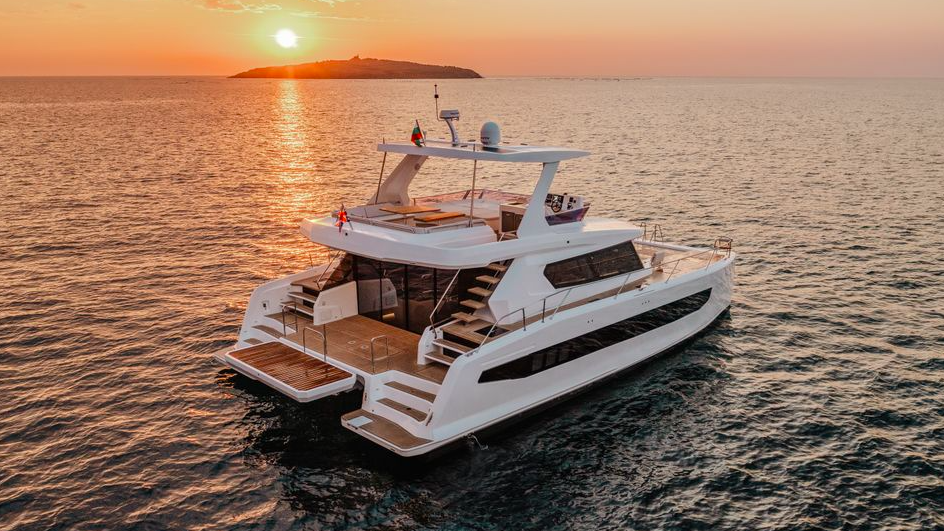
Three steps to zero-emission transparency in yacht building
Radulov, who is also the general manager of the family-owned Elica Group (which launched the Omaya Yachts brand), has a three-step process for companies to be honest and transparent about what they’re aiming for, and what they’re producing. Firstly, boatbuilders need to be clear about scope.
“Say what you actually mean when you talk about emissions. Are you measuring ‘tank-to-wake’ – just what happens on the water. Or ‘well-to-wake’, which includes the full energy chain behind it?” he asks.
The second step is being realistic about performance.
“If we publish range and efficiency figures, let’s also show the context – speed, payload, sea state, hotel loads, recharge times. Otherwise, it’s like quoting a car’s mileage downhill with the wind behind it.”
Talking about materials and lifecycle is the third step which he advocates.
He says boatbuilders should be telling people about what resins, fibres, and cores they’re using, including how much is recycled or recyclable and how the boat can be repaired or dismantled. He wants to see that as factual details, not marketing speak and greenwashing in boating.
“Truth matters because boats don’t live in press releases – they live in the real world, with waves, fuel docks, and families on board. When what you promise matches what the customer experiences, that’s when a brand truly grows.
“Trust is the most sustainable currency in this business.”
With all that said, he notes that leaders – big and small – are quietly doing what he details as unglamorous work like resin transitions, weight audits, energy-management systems, and supplier upskilling to continue forward momentum. “Progress is cumulative, not viral,” he says.
“Ultimately, we just need to be honest about where our brands put their focus – and equally honest about why we aren’t there yet. There is no such thing as a fully zero-emission boat today. I’m glad to see the EU moving toward the Green Claims Act, which will help address greenwashing and make sustainability communication more accountable – both to consumers and to the environment.”
The EU Green Claims Directive (information from the European Commission is available online) is a proposed regulation to combat greenwashing by ensuring that all environmental claims made by businesses are scientifically substantiated, verifiable, and clearly communicated. It would require companies to get their claims independently verified before they are published, and consider a product’s entire lifecycle. Although a proposal was adopted by the European Commission in March 2023, the legislative process has been on hold since June 2025, and its future is uncertain.
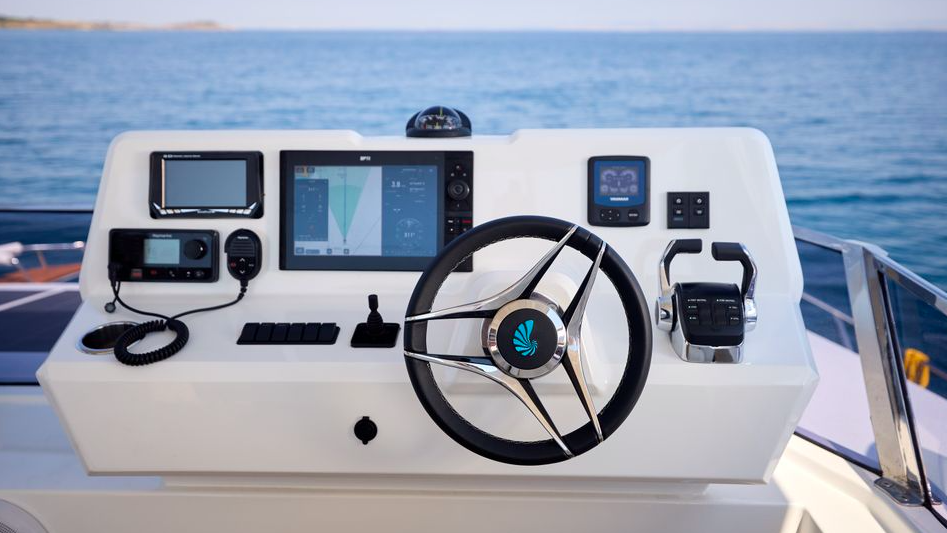
Beyond the brochure: how to understand a boat’s efficiencies
As for consumers? They need to ask for numbers, not adjectives. “kWh capacity, usable depth-of-discharge, recharge time at realistic shore power, continuous kW at cruise, range at named speeds or sea states, battery cycle life, and a full lifecycle assessment.
“The same principle applies to materials and processes – ask how much recycled content is actually used, how waste is managed, and what percentage of components are repairable rather than replaceable.”
With that noted, he says that most clients still prioritise experience first: space, comfort, reliability, cost of ownership. Sustainability is a strong secondary factor that becomes decisive when it improves that experience – lower noise, less smell, fewer maintenance surprises.
“If we show that efficiency = comfort + range + resale value, sustainability becomes a rational upgrade, not a moral surcharge.
“That said, I recently met a guy who had just bought an eco-catamaran, despite being warned multiple times that the technology wasn’t yet proven and that the dealer had never sold or serviced one before. His response was simple: ‘I want to be part of that transition. My contribution is to support a company that’s looking in that direction’. He was 35, modern, open-minded and he knew exactly what he was doing.
“So yes, there’s a new generation of clients emerging who are genuinely motivated by sustainability. They see it not as a checkbox, but as a statement of intent and participation in the future of boating.”
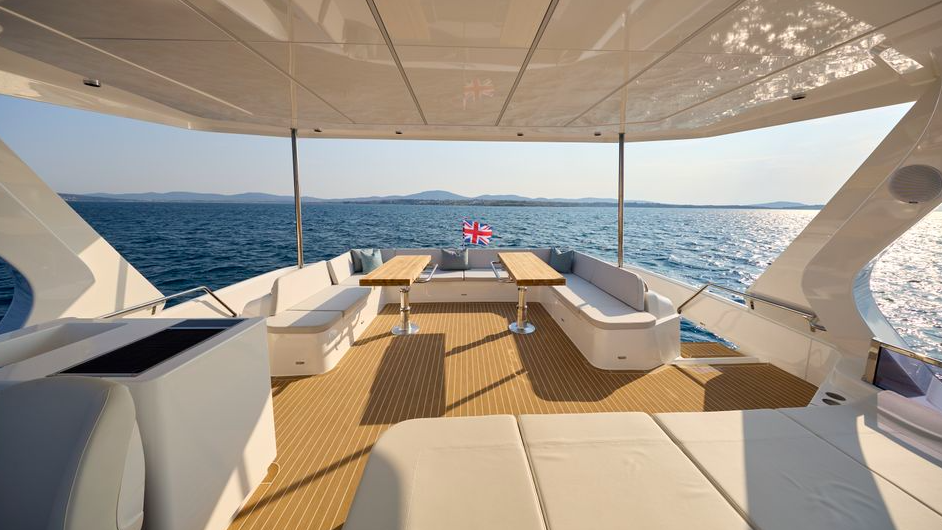
Young companies don’t need to reconcile old brochure copy
According to Radulov, being a young company forces focus and allows for agile design. “We don’t have legacy product lines to defend or a decade of brochures to reconcile. We can say: comfort and efficiency now; electrification where the user case works; step-by-step on circularity. That pragmatism resonates with clients who want truth over trend.
“We’re careful not to promise miracles. We design for efficiency first – hull form, weight discipline, and modern infusion processes. We’ve seen competitors get ahead of themselves with range and recharge claims that are true only in very narrow conditions. The short-term ‘hype dividend’ exists, but in the long run, trust compounds faster.
“Our flagship model – the 50-footer – sits right in between the ‘smaller’ and ‘larger’ yacht segments, which makes it a challenging space for sustainability.
“There’s only so much you can invest, or that clients are realistically willing to pay, before the value equation breaks.
“The truth is, ‘sustainability’ still comes with a premium.
“That’s why our philosophy is sourced from design – efficiency, durability and serviceability. Every day, quite literally, we look for ways to optimise our footprint: through smarter material choices, lighter structures, improved access to critical places in the boat, refined processes, and designs that deliver more with less.”
The rise of Bulgaria’s boatbuilding scene
Omaya Yachts exhibited at CYF for the fisrt time in 2025. It took its Omaya 50.
For Radulov, it was ‘a milestone’. “We met a full spectrum of charter operators, private buyers, and suppliers – who validated our focus on liveability and efficiency. We left with solid leads, a longer partner list, and a sharper to-do list. Exactly what you want from a first Cannes.”
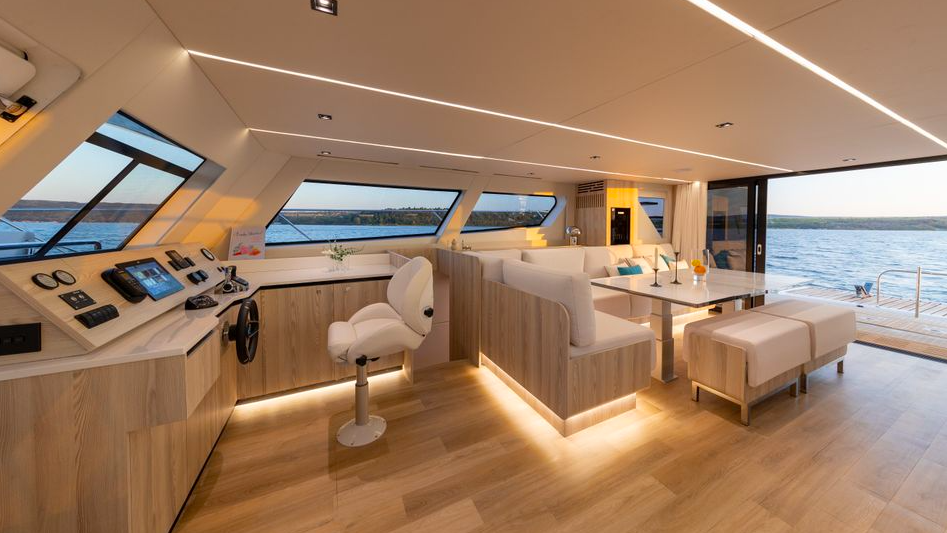
Omaya’s part of the small but quickly evolving Bulgarian marine industry.
“There are only a few players seriously investing in innovation – ourselves with Omaya, where efficiency comes naturally through our optimised hull design and the inherent advantages of a catamaran platform; another brand developing a nine metre dayboat that’s perfectly suited for electrification; and a third that’s building its own in-house systems for energy generation, storage, and management.
“Together, these examples show that progress is already happening here, driven not by scale, but by smart engineering.”
In order to support these developments, Omaya’s one of the founding companies in a newly established Bulgarian Boating Industry Association, which has – as part of it’s remit – ensuring that the country’s development in the marine sector follows a responsible and sustainable course.
Part of that is “looking beyond the first delivery, thinking from day one about how each boat will be repaired, refitted, and eventually recycled. These are not glamorous changes, and most probably won’t take you to the cover of a boating magazine, but they make a real difference over time.
“For serial producers, embracing a sustainable future starts with building smarter, not just greener. That means designing for weight and serviceability, investing in efficient hulls and infusion processes, and creating systems that are modular and easy to maintain.”
Timescale for zero emission boats
Prior to Cannes, Radulov told MIN that “when you look beyond the headlines – into the systems, materials, and processes behind these boats – you realise we’re still far from true zero-emission yachting.”
He approximates that small dayboats/coastal cats will (assuming they continue to improve) probably achieve zero emissions in the next five to ten years.
He puts cruising luxury cats (multi-day, mixed speeds) true zero-emission well-to-wake at 15–25 years away as the sector needs green fuels or next-gen batteries … and a lot is tied to infrastructure more than hulls. However, he’s looking at credible low-carbon pathways (hybrid + renewable shore power + solar) over the next ten to 15 years.
Then there’s materials circularity. “Full closed-loop composites is a long game,” he says, but there will be “meaningful progress this decade.”
Radulov says Omaya’s promise is simple. It’s all about comfort owners can live with, efficiency they can measure, and sustainability that earns its keep. “We’re here for the long game-and we’re happy to publish the numbers,” he says.
“The coming years will reveal much more. We have numerous ideas waiting to be implemented, each driven by a desire to help reshape the yachting sector in a conscious, contemporary, and beautifully human direction.”
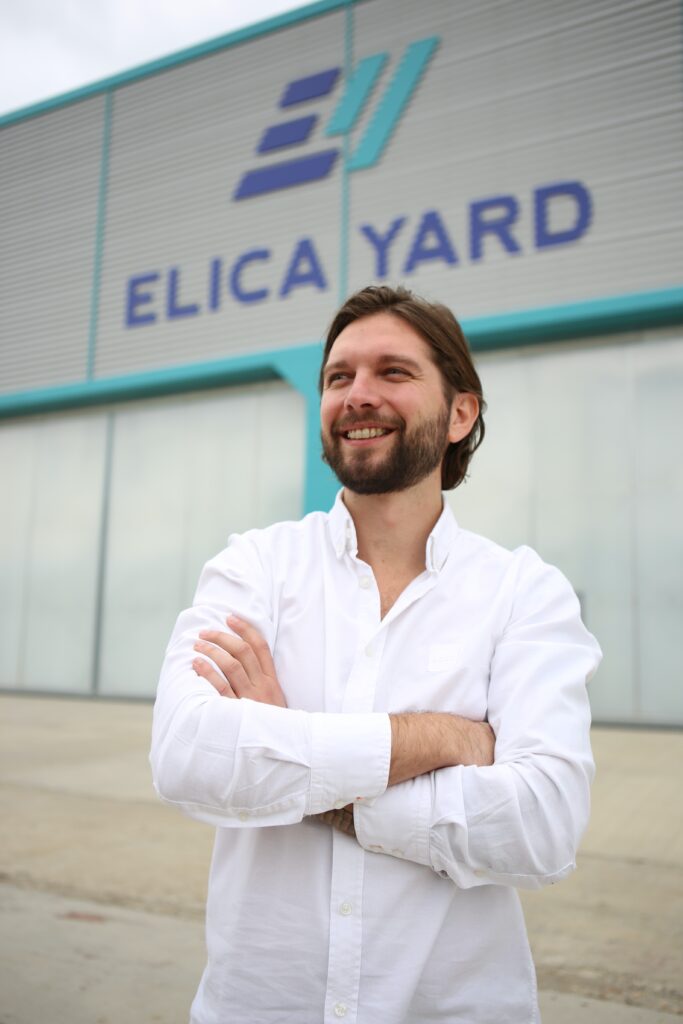
The post Zero-emission isn’t what you think – Omaya Yachts’ CEO calls out greenwashing in boating appeared first on Marine Industry News.
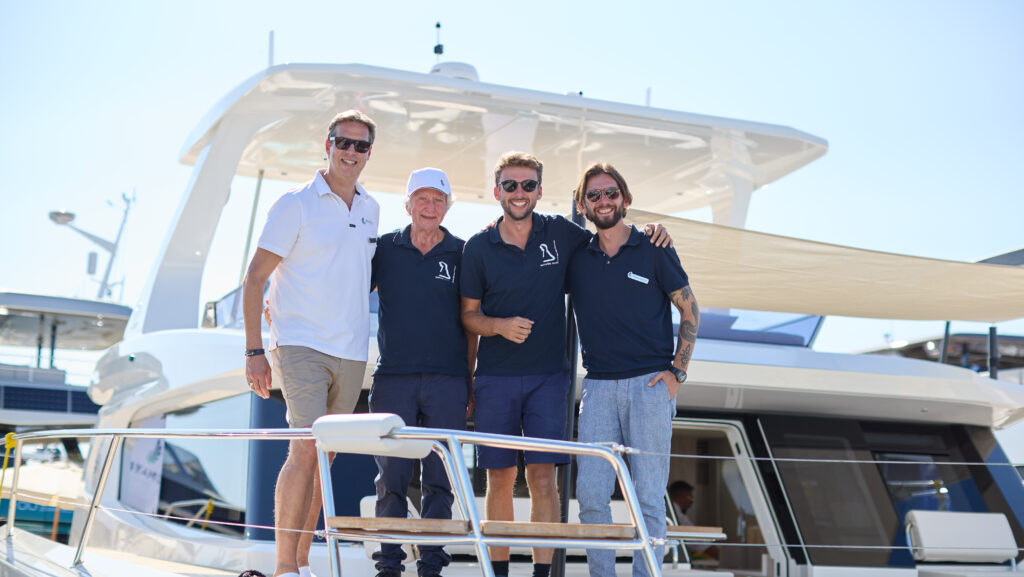
Leave a Reply